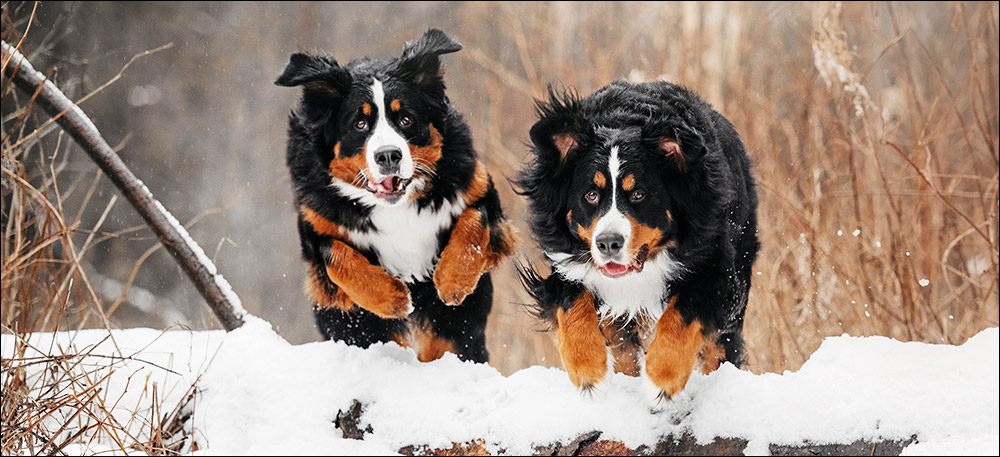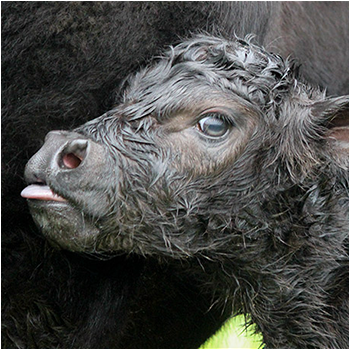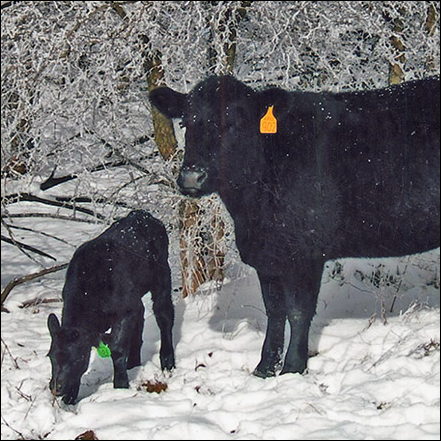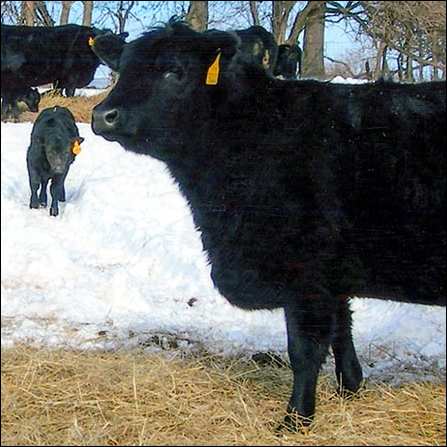
Winter Pet Care Questions Answered
A veterinarian advises on winter pet care, outlines steps to take should a pet experience frostbite.
While some pets are naturally equipped for the cold weather, many are not. Learn more from Asitha Pillai, emergency clinician with Oklahoma State University’s Veterinary Medical Hospital. She shares answers to common questions pet lovers may have about winter pet care.
How cold is too cold for dogs? It’s a common belief that pets can tolerate cold weather better than humans. When it is cold for us, it is cold for them. If we can walk outside, they can also walk outside. However, your pet’s ability to tolerate cold weather can vary depending on their coat, fat stores, age, health status and activity level. The time your dog spends outside during cold weather needs to be adjusted based on individual tolerance limits. If it is below freezing, let them outside only briefly for potty time. If you don’t see your pet for a few minutes after you come inside, be sure to double-check your pet is safely inside the house.
How can cold weather be harmful to my pet? Cold-weather injuries are found more often on a pet’s extremities, meaning their tail, ear tips and paws. Depending on the height of dog and level of snow, a dog’s belly also can be at risk for frostbite. Additionally, the salt used to melt snow and ice can cause irritation and pain when these chemicals come in contact with the cracks in your pet’s paws. While any form of deicer chemical can be toxic, some can be life-threatening. If you suspect that your dog or cat has been exposed to antifreeze, especially one containing ethylene glycol (the most life-threatening of antifreeze chemicals), immediately take them to an emergency veterinary facility.
How do I know if my pet has a cold-weather injury? Pale, bluish or greyish discoloration of skin; pain; swelling; and injuries like blister formation are indications there may be injury. Their legs also can be very stiff. When pets have frostbite, their body temperatures also can be low, putting them at risk for hypothermia.
What should I do if my pet has frostbite? Cold-weather injuries can be mild or, sometimes, they can be serious to a point we can see the paw pads or ear tips completely cut off from blood supply. If you fear your pet may have experienced a cold-weather injury such as frostbite, take these steps immediately:
- Bring pets inside where it is warm.
- Remove any ice or snow from their paws.
- Cover them with a warm blanket.
- Call your primary or emergency care veterinarian.
How should I care for outside dogs? While dogs should be kept inside most of the time during the winter, in the case that you have an outside dog, definitely provide them with a warm shelter, and make sure their water is not frozen and that you have a heated pan for water.
Are there special considerations for senior dogs or pets with medical conditions? Yes, be mindful of senior dogs with diseases, such as heart disease, kidney disease, hypothyroidism, diabetes or arthritis. These diseases may reduce their ability to regulate body temperature. Arthritic dogs can become very stiff outside in the winter and may slip and fall. They also can experience more pain. Schedule a wellness exam with your primary care veterinarian to ask important questions to help keep your senior dog comfortable, such as helping them maintain regular exercise, prevent pain and manage a normal body temperature.
How do I keep cats safe during wintertime? It is important to keep in mind that cats will seek their own shelter during the cold weather, and one of the main shelters they will find is a warm car engine. They tend to hide underneath your car, or they will climb up and hide inside your hood, near the engine. By making noise or tapping the hood of your car, you can save their life, should they be tucked inside.
Editor’s note: This article is from Valley Vet.






